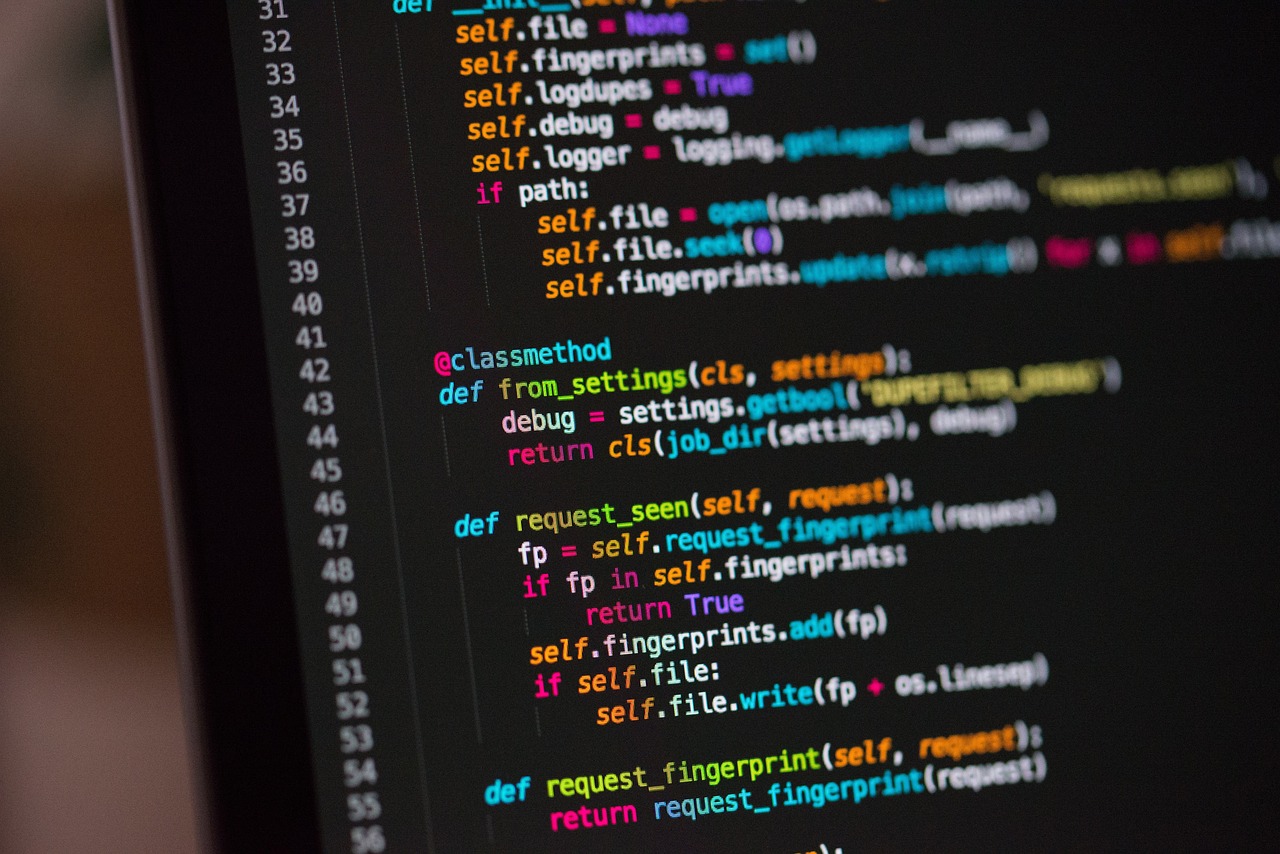The rise of Artificial Intelligence (AI) has permeated almost every industry, from healthcare and finance to entertainment and transportation. Powering these intelligent systems is AI programming, a specialized field that combines computer science, data science, and mathematics to create machines that can learn, reason, and solve problems like humans. Whether you’re a seasoned developer or just curious about the future of technology, understanding AI programming is becoming increasingly essential. This comprehensive guide will delve into the core concepts, techniques, and tools used in AI programming, equipping you with the knowledge to navigate this exciting frontier.
What is AI Programming?
Defining AI Programming
AI programming isn’t simply about writing code; it’s about crafting algorithms and models that enable machines to simulate human intelligence. This involves training systems to recognize patterns, make decisions, and even learn from their mistakes. AI programming leverages various programming languages, frameworks, and libraries to develop intelligent systems.
Key Differences from Traditional Programming
Unlike traditional programming, where you explicitly instruct the computer how to perform a task step-by-step, AI programming focuses on creating systems that can learn and adapt without explicit instructions for every scenario. The key differences include:
- Data-Driven: AI systems learn from vast amounts of data, rather than relying solely on hard-coded rules.
- Adaptive Learning: AI models can improve their performance over time as they are exposed to more data.
- Probabilistic Reasoning: AI often deals with uncertainty and makes decisions based on probabilities.
- Complex Algorithms: AI programming utilizes sophisticated algorithms like neural networks, decision trees, and support vector machines.
Core Concepts in AI Programming
Machine Learning (ML)
Machine learning is the cornerstone of AI programming. It involves training algorithms to learn patterns from data and make predictions or decisions without being explicitly programmed.
- Supervised Learning: Training a model on labeled data where the desired output is known. Examples include image classification and spam detection. For instance, training a model with thousands of images of cats and dogs, labeled accordingly, so it can identify new images as either cat or dog.
- Unsupervised Learning: Discovering patterns in unlabeled data. Examples include clustering customers based on purchasing behavior and anomaly detection. Imagine a dataset of customer transactions. Unsupervised learning can identify distinct groups of customers with similar spending habits.
- Reinforcement Learning: Training an agent to make decisions in an environment to maximize a reward. Examples include training game-playing AI and robotics control. Think of training an AI to play chess. It learns by playing many games, receiving positive reinforcement for winning and negative reinforcement for losing.
Deep Learning (DL)
Deep learning is a subset of machine learning that utilizes artificial neural networks with multiple layers (hence “deep”) to analyze data and make predictions. It excels in complex tasks such as image recognition, natural language processing, and speech recognition.
- Neural Networks: Inspired by the structure of the human brain, neural networks consist of interconnected nodes (neurons) that process and transmit information.
- Convolutional Neural Networks (CNNs): Primarily used for image and video analysis, CNNs use convolutional layers to extract features from images.
- Recurrent Neural Networks (RNNs): Designed for processing sequential data, such as text and time series, RNNs have feedback loops that allow them to remember past inputs.
- Transformers: These models are a more recent advancement in deep learning and have become extremely popular, particularly for natural language processing tasks. They rely on self-attention mechanisms to weigh the importance of different parts of the input sequence.
Natural Language Processing (NLP)
NLP focuses on enabling computers to understand, interpret, and generate human language. It plays a crucial role in chatbots, machine translation, and sentiment analysis.
- Text Analysis: Techniques for extracting meaningful information from text data. Examples include sentiment analysis and topic modeling.
- Machine Translation: Automatically translating text from one language to another.
- Chatbots: AI-powered conversational agents that can interact with users through text or voice.
Essential Tools and Technologies
Programming Languages
Several programming languages are widely used in AI programming, each with its strengths and weaknesses.
- Python: The most popular language for AI development due to its simplicity, extensive libraries (e.g., TensorFlow, PyTorch, scikit-learn), and large community support.
- R: Widely used for statistical computing and data analysis. It’s often preferred for tasks involving statistical modeling and data visualization.
- Java: A robust and platform-independent language suitable for building large-scale AI applications.
- C++: Offers high performance and is often used for developing AI algorithms and libraries that require speed and efficiency.
AI Frameworks and Libraries
Frameworks and libraries provide pre-built functionalities that simplify the development of AI models.
- TensorFlow: An open-source machine learning framework developed by Google, known for its flexibility and scalability. Great for large-scale deployments.
- PyTorch: Another popular open-source framework developed by Facebook, favored for its dynamic computation graph and ease of use, especially for research.
- Scikit-learn: A simple and efficient library for machine learning tasks such as classification, regression, clustering, and dimensionality reduction.
- Keras: A high-level API for building neural networks, often used with TensorFlow or Theano as its backend.
Development Environments
Choosing the right development environment can significantly impact productivity.
- Jupyter Notebook: An interactive web-based environment for creating and sharing documents that contain live code, equations, visualizations, and explanatory text.
- Google Colab: A free, cloud-based Jupyter Notebook environment that provides access to GPUs, making it ideal for training deep learning models.
- Anaconda: A distribution of Python and R that includes popular data science and machine learning packages.
Practical Examples of AI Programming
Image Recognition
Using convolutional neural networks (CNNs), AI systems can be trained to recognize objects, faces, and patterns in images.
- Example: Building an image classifier to identify different types of flowers.
- Implementation: Using TensorFlow or PyTorch, you can load a dataset of flower images, train a CNN model, and then use the trained model to classify new images.
Natural Language Processing (NLP)
AI systems can analyze and generate human language for various applications.
- Example: Creating a sentiment analysis model to determine the emotional tone of a piece of text.
- Implementation: Using libraries like NLTK or spaCy, you can preprocess text data, train a machine learning model (e.g., Naive Bayes or Support Vector Machine), and then use the model to classify the sentiment of new text.
Predictive Analytics
AI systems can analyze historical data to make predictions about future events.
- Example: Building a model to predict customer churn based on past behavior.
- Implementation: Using scikit-learn, you can load customer data, preprocess it, train a classification model (e.g., Logistic Regression or Random Forest), and then use the model to predict which customers are likely to churn.
The Future of AI Programming
Emerging Trends
AI programming is rapidly evolving, with several exciting trends shaping its future.
- Explainable AI (XAI): Focuses on making AI models more transparent and understandable, allowing users to understand why a model made a particular decision.
- Federated Learning: Training AI models on decentralized data without sharing the data itself, preserving privacy and security.
- AutoML: Automating the process of building and deploying machine learning models, making AI more accessible to non-experts.
- Generative AI: This emerging field allows AI systems to generate new and original content such as images, text, music, and videos.
Impact on Industries
AI programming is poised to transform various industries, creating new opportunities and challenges.
- Healthcare: AI-powered diagnostic tools, personalized treatment plans, and drug discovery.
- Finance: Fraud detection, algorithmic trading, and risk management.
- Transportation: Self-driving cars, optimized logistics, and traffic management.
- Manufacturing: Predictive maintenance, quality control, and automated production lines.
Conclusion
AI programming is a dynamic and rapidly evolving field with the potential to revolutionize countless industries. By understanding the core concepts, mastering essential tools, and exploring practical examples, you can embark on a rewarding journey into the world of artificial intelligence. As AI continues to advance, staying informed about emerging trends and technologies is crucial for staying ahead in this exciting and transformative field. Whether you aim to build innovative AI applications, enhance existing systems, or simply understand the impact of AI on our world, the knowledge and skills gained through AI programming will be invaluable.




